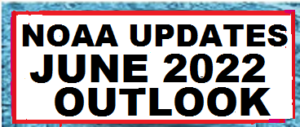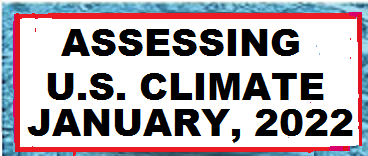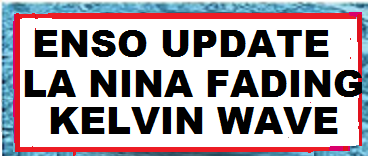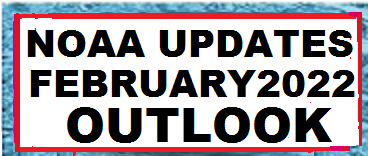NOAA Updates its June Outlook May 31, 2022 – Quite a Big Change in Twelve Days
There has been a large change in the weather outlook for June from NOAA.
At the end of every month, NOAA updates their Early Outlook for the following month which in this case is June. They also issue a Drought Outlook for the following month and update the three-month Drought Outlook. We are reporting on that tonight. The updated Outlook is quite different from the Early Outlook which NOAA now calls the Mid-Month Outlook. For temperature, the above-normal area is smaller than the Mid-Month Outlook and a large intrusion of colder air is expected along much of the Northern Tier. The drier than normal area is significantly reduced from the Mid-Month Outlook and shifted a bit and there are two additional areas of wetter than normal in the Outlook.
We provide partial-month outlooks for the first 24 days of June which allows us to somewhat assess if the Monthly Outlook is consistent with the partial month forecasts and it generally is. But we will not be able to answer that question definitively until the Week 3-4 Outlook is issued on Friday.
We also provide enough information for readers to understand any changes from the Mid-Month Outlook and we try to figure out why these changes were made. Many of the changes are explained in the NOAA discussion which is included in the article. The partial-month forecasts that we have provided show how NOAA thinks this will play out as the weather pattern evolves during June.
There is also a discussion of the ENSO condition which is slightly different than what NOAA used to develop the Mid-Month Outlook. The Negative Arctic Oscillation (AO) expected in the first half of June is a major factor.
We have also begun our tropical storm coverage. Yes, it is that time of the year.






